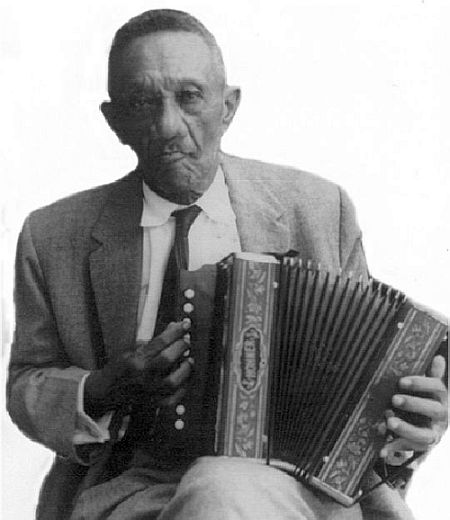

Home | Dining & Night Life | Hotel | Sights | Pictures | Music | Colonial Zone Map | Hot Spots! Directory | Site Search

If you found my web site useful please consider making a donation through Pay Pal . Thanks!

|
|

site map Copyright © 2005 - 2014 All Rights Reserved. Colonial Zone-Dominican Republic (DR)
Home | Calendar | Night Life/Dining | Sight Seeing | Pictures | Businesses | Artists | Food | Helps | History | Language | Music | Media | Pastimes | Products | Tradition/Legend | Links | About Us | Buy Mamajuana | News Blog | DR Gringa's Life Blog | Dominican Dog Blog | Web Designer

Custom Search



MENU
IN COLONIAL ZONE
THINGS DOMINICAN
Our complete exchange rate tool.
Gracias a coinmill.com
The music of Dominican Republic is a mix of music and rhythms from the Caribbean, Africa and other blends of music. Music is as much a part of the Dominican lifestyle as eating and breathing. Hopefully we will keep the Dominicans true identity in their folklore, idioms and music before we are on the verge of losing it all.
The music of Dominican Republic is a mix of music and rhythms from the Caribbean, Africa and other blends of music. Music is as much a part of the Dominican lifestyle as eating and breathing. Hopefully we will keep the Dominicans true identity in their folklore, idioms and music before we are on the verge of losing it all.
As I find information about musicians and music from the folk history of Republica Dominicana I will share.
Antonio Abreu "Toño"
Born in the city of Santiago, an April 28, 1883, and died in San Cristóbal in his early 70s (the exact date of his death is unknown).
Abreu is one of the greatest Dominican merengue music artists and ground breaking composer. He composed and played much of the well-known and loved merengue music. His most known song is "Caña Brava". A merengue composed in 1928 at the request of a liquor company to announce its rum. The music was later adapted by Llegó la Guardia, Con el Alma Guard first played by El Trío Reynoso.
Daily life inspired his compositions including partying, women and cock fighting. These things were his inspiration in composing Cabo e' vela and El Gallo Peliao, which were some of his great compositions.
Toño Abreu was one of President Trujillo's favorite musicians for his great genius and ability to connect with the country using his accordion and singing. Trujillo using Toño along with Ñico Lora for his campaign to run for the presidency, but later had to integrate the Orquesta Generalísimo led by Luis Alberti.
Toño is considered as the creator of Pambiche. This slower form of merengue came about when United States troops were in Dominican Republic. They went to their dances and wanted slower merengue to be played. At this time the Marines wore uniforms made from a fabric called Palm Beach. This combination of the two words spoken to a single sound fast came out as "Pambiche". So when the American troupes came to the party the Dominicans would say "¡vamos a tocar pambiche!" "Let's play pambiche!" (Palm Beach Two Step).
Antonio Abreu died at eighty-something in the city of San Cristobal, alone and penniless, abandoned to fate and the changing music market. He was unable to continue his successful career, relegated to oblivion, he would await his death in his quiet home.
Toño is a giant of Dominican music, a folklore treasure. We are what we are today because of giants like Toño. The country needs to remember its folklore and history before all is lost.
Thank you for this information Juan Colón. Read more music history by Juan Colon on his blog.
+click image to enlarge
Los Merengues Favoritos de Trujillo has the song Caña Brava and many others from the time of Trujillo. A classic.
The Dominican writer Chaljub Mejía wrote this history and more in his unique work, written with love, integrity and objectivity. A true historical document. You can find it on line at Scribd ANTES DE QUE TE VAYAS.HISTORIA DEL MERENGUE DOMINICANO Rafael Chaljub Mejia
.
Música Típica | Jazz y Classic | Merengue | Bachata | Perico Ripiao | Salsa and Son | Rock/ Alternative/ Pop | National Songs | Heavy and Hard | Reggaeton/ Rap/ Hip-Hop | Palos or Atabales | Afro-Dominicano | Unique, Diverse and Artistic | Christian y Holiday | Merengue de Calle | History of Dominican Music |
History of Dominican Music - The Originals



